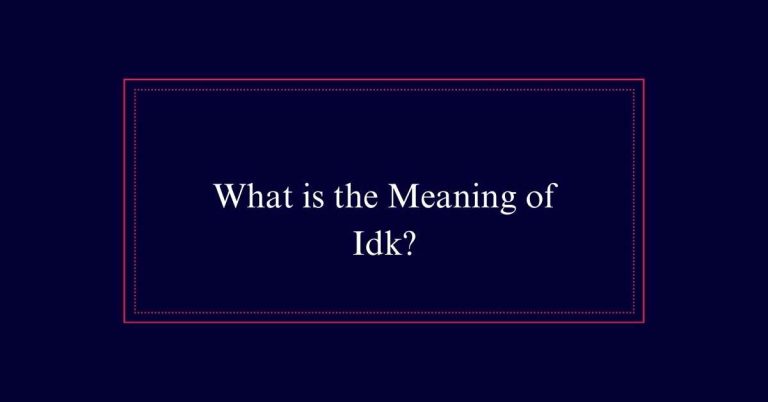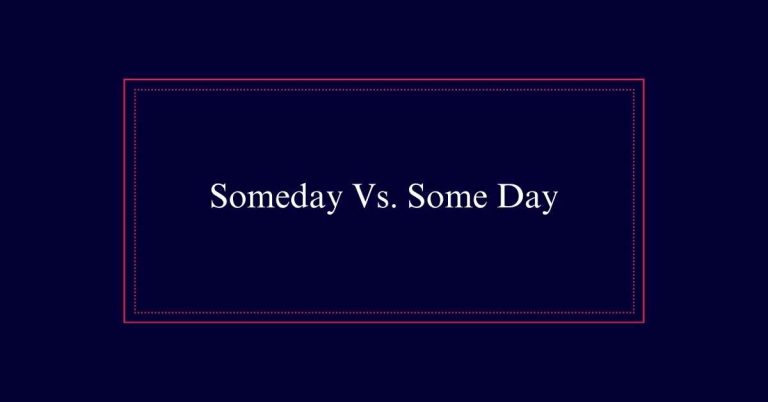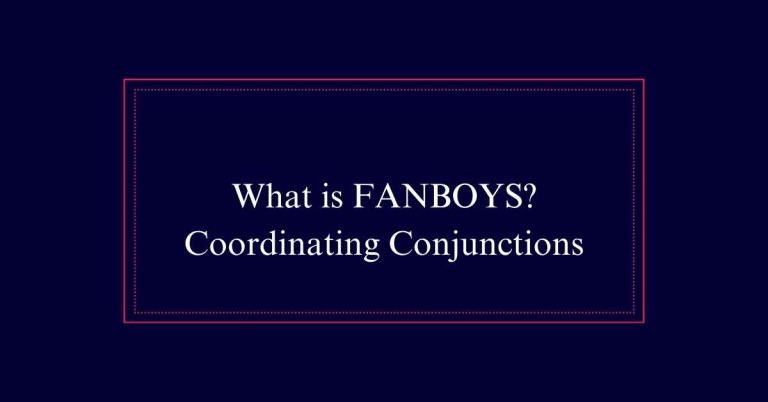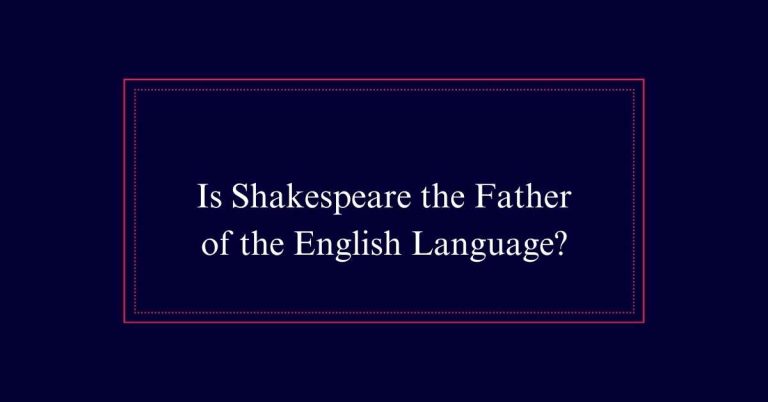What Does Antagonist Mean in Literature?
In literature, an antagonist is a character, group, or force that opposes the protagonist, creating central conflict and driving the plot forward. The antagonist can be a traditional villain, a natural force, or even an internal struggle within the protagonist. Their role is to challenge the protagonist, creating obstacles and tension that propel the narrative. Antagonists are essential for highlighting themes and promoting the protagonist’s growth.
Definition of an Antagonist
An antagonist in literature is a character or force that opposes the protagonist, creating conflict and driving the narrative. This opposition can take many forms.
An antagonist might be a person, like Grendel in ‘Beowulf,’ or a force of nature, such as the ocean in ‘Life of Pi.’ The antagonist is not always evil; they can be well-intentioned but misguided. They exist to hinder the protagonist’s goals, adding depth to the story.
Sometimes, the protagonist themselves can also be the antagonist, as seen in ‘Dr. Jekyll and Mr. Hyde.’ Recognizing an antagonist involves understanding their behavior and motives, as their actions often reveal the story’s deeper themes.
Role of the Antagonist
The role of the antagonist is to challenge the protagonist and create the central conflict in the narrative. This conflict is essential for driving the plot and developing the story’s themes.
The antagonist can take various forms, not just as a character, but also as a force or an aspect of nature. Their presence compels the protagonist to grow and adapt.
Here are three key roles of the antagonist:
- Opposition: The antagonist creates obstacles for the protagonist to overcome.
- Tension: Their actions heighten the narrative’s tension and stakes.
- Thematic Depth: The antagonist’s motives and actions reveal deeper themes of the story.
Antagonist Vs. Villain
Understanding the distinction between an antagonist and a villain is essential for analyzing complex narratives. An antagonist is any force that opposes the protagonist, creating conflict. This opposition can come from a character, a group, or even nature.
A villain, however, is a character whose evil actions drive the plot. While all villains are antagonists, not all antagonists are villains.
For example, in Herman Melville’s ‘Moby Dick,’ Ahab, the protagonist, is also the villain due to his obsessive and destructive behavior. Conversely, the whale, Moby Dick, serves as the antagonist, neutral and driven by survival instincts.
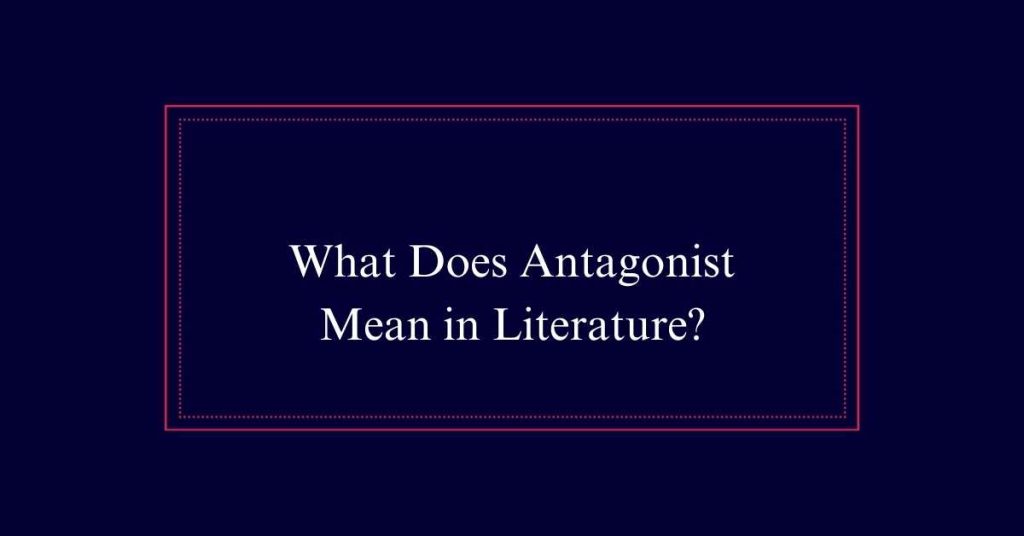
Antagonist Characteristics
Antagonists play a significant role in literature by hindering the protagonist’s progress and creating essential conflict within the story. Their actions and motives often reveal deeper themes and drive the narrative forward. Recognizing an antagonist involves understanding their behavior and intentions.
Key characteristics of an antagonist include:
- Opposition to Protagonist: The antagonist actively works against the protagonist’s goals, creating obstacles and challenges.
- Complex Motives: An antagonist can have well-intentioned but misguided reasons for their actions, adding depth to their character.
- Influence on Themes: Through their actions, antagonists help highlight the central themes and moral questions of the story.
Types of Antagonists
Several distinct types of antagonists appear in literature, each contributing uniquely to the narrative’s conflict and tension. A personified antagonist is a character directly opposing the protagonist, such as Grendel in ‘Beowulf.’
Nature or environment can also act as an antagonist, as seen in ‘Life of Pi’ where the ocean and tiger present challenges.
Societal and systemic forces can serve as antagonists, creating conflict through external pressures, evident in ‘The Color Purple.’
Internal antagonists arise from within the protagonist, such as conflicting emotions or personal flaws, like Dr. Jekyll and Mr. Hyde.
Lastly, supernatural antagonists, such as ghosts or mythical creatures, introduce elements of the unknown and challenge the protagonist in extraordinary ways. Each type shapes the story’s dynamics.
Antagonist Vs. Protagonist
In stories, the protagonist and antagonist represent the central figures of conflict, each working towards opposing goals. The protagonist is the main character who faces the primary conflict of the story. They aim to achieve a specific objective or overcome an obstacle.
On the other hand, the antagonist stands in their way, creating tension and challenges that the protagonist must navigate.
Here are key distinctions between the two roles:
- Objective: The protagonist seeks to accomplish a goal, while the antagonist aims to prevent it.
- Role: The protagonist drives the story forward, while the antagonist provides obstacles.
- Interaction: The protagonist and antagonist often directly confront each other, but their conflict can also be indirect.
Antagonist Vs. Antagonistic
Differentiating between an antagonist and antagonistic behavior is essential for understanding their distinct roles in literature. An antagonist is a character or force that directly opposes the protagonist, creating the central conflict. This opposition is fundamental to the plot’s progression.
In contrast, antagonistic behavior refers to actions or attitudes that are hostile or oppositional. A character exhibiting antagonistic behavior may not necessarily be the story’s main antagonist. For instance, minor characters can display antagonistic traits without being the primary source of conflict.
Examples in Literature
A variety of literary works feature memorable antagonists who create pivotal conflicts for the protagonists. These antagonists drive the story forward by challenging the main characters and shaping the narrative.
Here are three notable examples:
- Grendel in ‘Beowulf’:
Grendel is a monstrous creature that terrorizes the kingdom, opposing the hero Beowulf.
- Albert Mister Johnson in ‘The Color Purple’:
Albert, also known as Mister, creates significant obstacles for Celie, the protagonist, through his abusive behavior.
- The Tiger and the Ocean in ‘Life of Pi’:
In Yann Martel’s novel, the tiger Richard Parker and the vast ocean act as dual antagonists, testing Pi’s survival and resilience.
Recognizing an Antagonist
Recognizing an antagonist involves identifying the force that opposes the protagonist and creates conflict in the story. The antagonist can take various forms, including a person, a group, or even a non-human element like nature or technology. They create obstacles that the protagonist must overcome.
The antagonist’s actions and motives can be both malicious and well-intentioned but misguided. Key traits include opposing the protagonist’s goals and generating tension. For instance, in ‘Moby Dick,’ the whale serves as the antagonist to Captain Ahab.
Additionally, the antagonist’s behavior and motives often reveal key themes of the story. By understanding these elements, readers can better appreciate the dynamics between the protagonist and antagonist.
Multiple Antagonists in Stories
In many stories, multiple antagonists can create complex layers of conflict and deepen the narrative. This approach enriches the story by introducing varied challenges for the protagonist.
Multiple antagonists can:
- Diversify Conflict: Different antagonists can present unique obstacles, making the protagonist’s journey more intricate and engaging.
- Enhance Character Development: Facing different foes requires the protagonist to adapt, showcasing growth and resilience.
- Reflect Themes: Various antagonists can embody different aspects of the story’s central themes, offering a more nuanced exploration.
Frequently Asked Questions
Can an Antagonist Be a Non-Human Entity or Abstract Concept?
Yes, an antagonist can be a non-human entity or abstract concept. Examples include nature, societal norms, or internal struggles. These elements create conflict and hinder the protagonist’s goals, fulfilling the role of an antagonist effectively.
How Does an Antagonist’s Backstory Influence Their Role in the Plot?
An antagonist’s backstory provides depth, motivates actions, and enhances conflict. It shapes their decisions and interactions with the protagonist, thereby driving the plot forward and enriching the narrative by revealing underlying themes and complexities.
Can a Protagonist Become an Antagonist in the Same Story?
Yes, a protagonist can become an antagonist in the same story. This shift often occurs through changes in their goals or actions, leading them to oppose other characters who were previously their allies or neutral parties.
How Do Minor Antagonists Contribute to the Protagonist’s Development?
Minor antagonists contribute to the protagonist’s development by presenting smaller conflicts and challenges. These interactions help the protagonist grow, adapt, and learn new skills, shaping their character and preparing them for larger, central conflicts.
What Are Some Common Traits of Sympathetic Antagonists?
Sympathetic antagonists often display traits such as complex motivations, moral ambiguity, and relatable struggles. They may also possess redeeming qualities or good intentions, making their opposition to the protagonist understandable and eliciting empathy from the audience.

